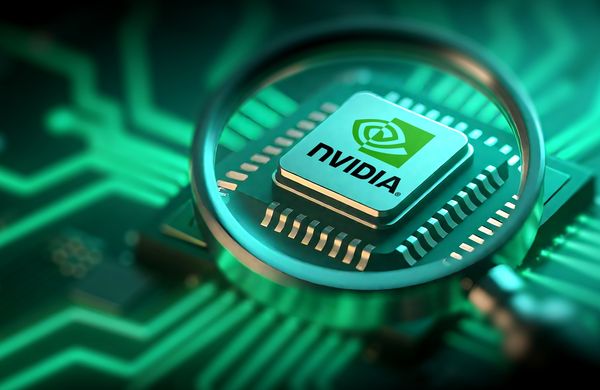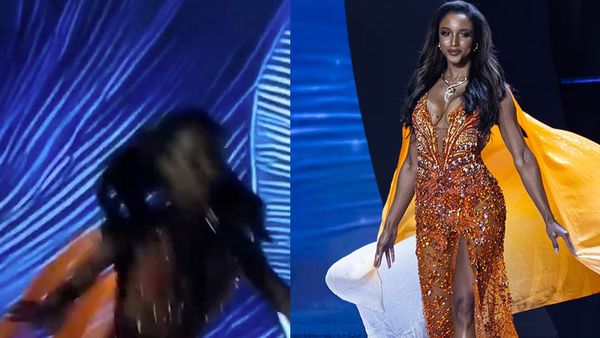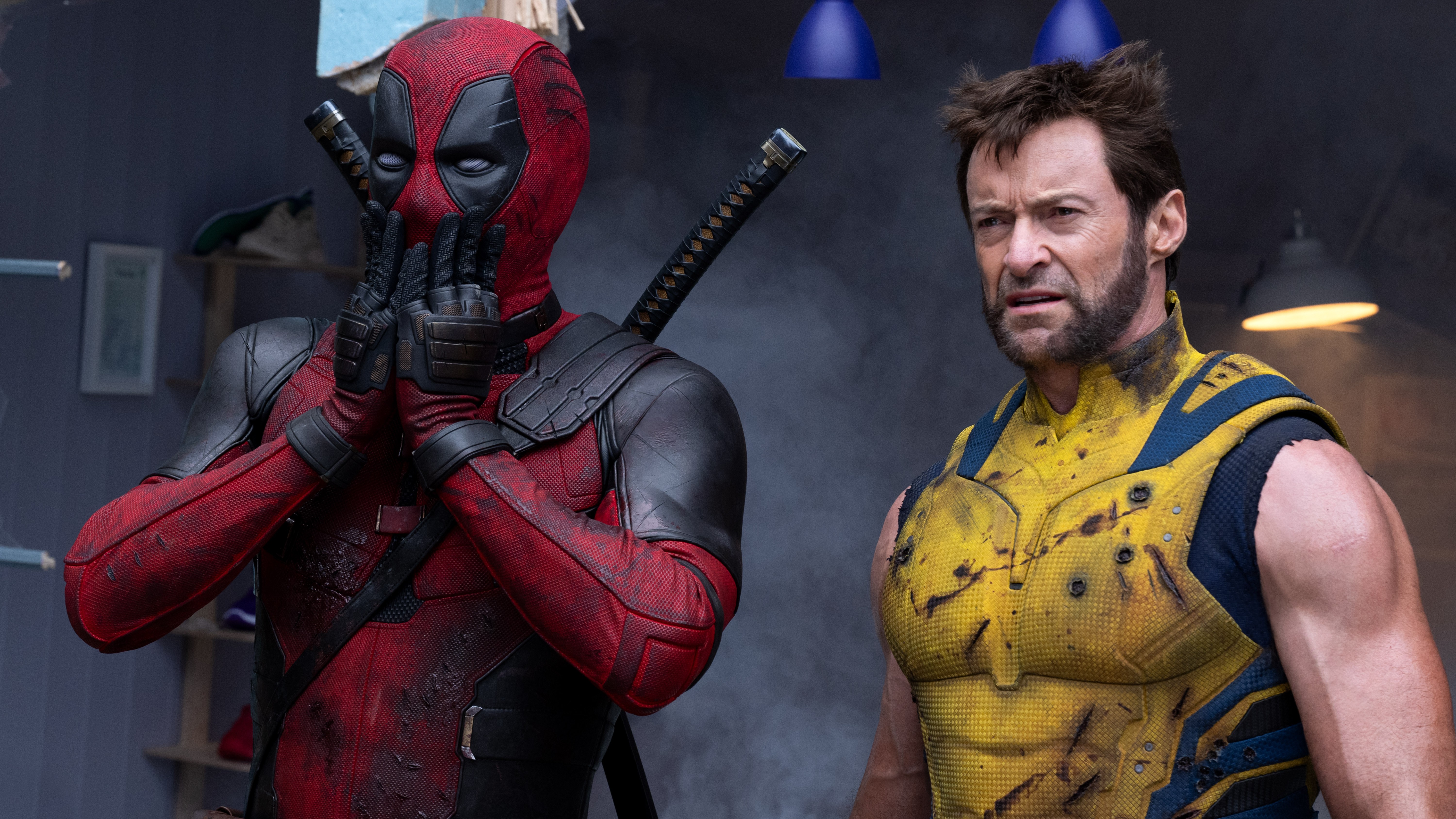
Have you ever wondered why Dolby Vision titles are available on Disney Plus but not available across the company's many 4K Blu-ray titles? As it turns out, this era is coming to a close.
The media giant recently revealed plans to roll out 4K Blu-rays mastered for the popular HDR format — a move sure to excite fans of physical media and A/V enthusiasts alike. According to a report at Forbes, the first of these titles to be released with Dolby Vision mastering will be "Deadpool & Wolverine," followed by "Alien: Romulus."
Still wondering why nerds like myself are rejoicing? Here's what you need to know.
Why does Dolby Vision matter for 4K Blu-rays?
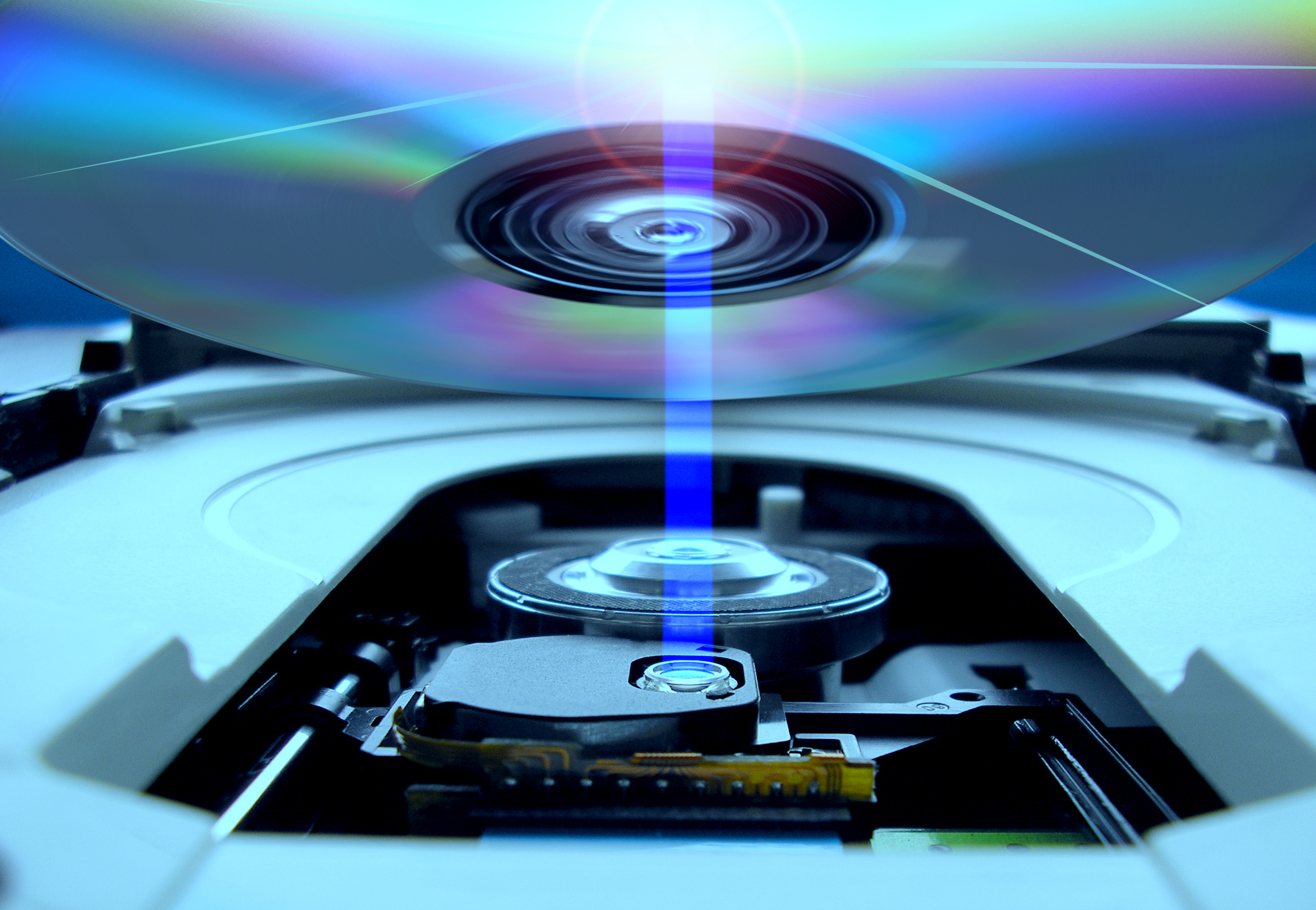
Unsurprisingly, there's a pretty sizable overlap between physical media enthusiasts and picture purists. It makes sense, too, that the same people who treasure their favorite media in a physical, collectable format would want to showcase those titles in the best, most accurate manner possible, in a way that aligns with the creators' intent.
In fact, many people (myself included) began collecting physical media around the same time they began upgrading their home theater with the best TVs and better audio equipment, like soundbars. After all, what good is a shelf of my favorite movies in high-end formats if my TV doesn't do them justice?
Dolby Vision is the most popular version of HDR. Most of the big-brand TVs you'll find on shelves today support HDR, but not every HDR-capable TV supports Dolby Vision. While the format shares the same basic aim of HDR — that is, to take advantage of the brightness and color capabilities of modern displays — Dolby Vision is a proprietary version of HDR that filmmakers use to ensure that whatever we're watching at home looks as close as possible to the source material.
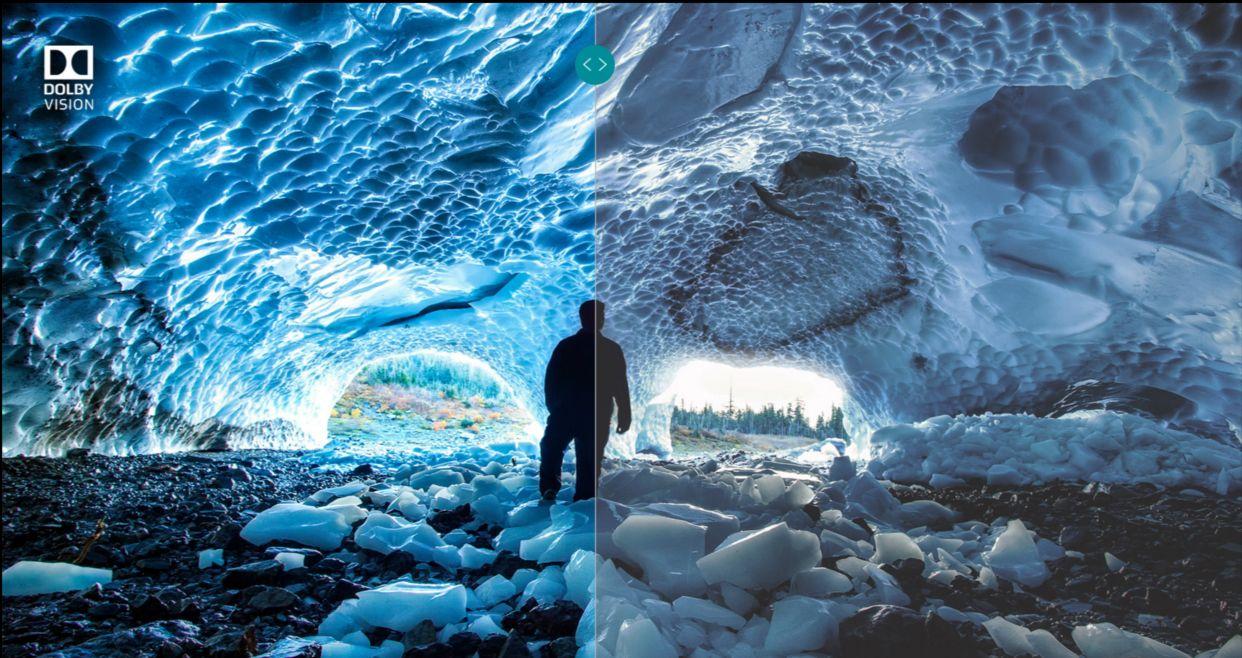
It achieves this via metadata. Every shot — sometimes even every frame — is packed with information about how it should look on your TV, from brightness to color. Because not all TVs are the same, Dolby Vision packages these instructions in a way that allows your TV to make the most sense of it.
In other words, if you want a movie or TV show to look as close as possible to what the artists who worked on it intended, Dolby Vision can get you there. Up until now, this format was not available on most Disney-backed Blu-rays.
What do I need to watch Dolby Vision Blu-rays at home?
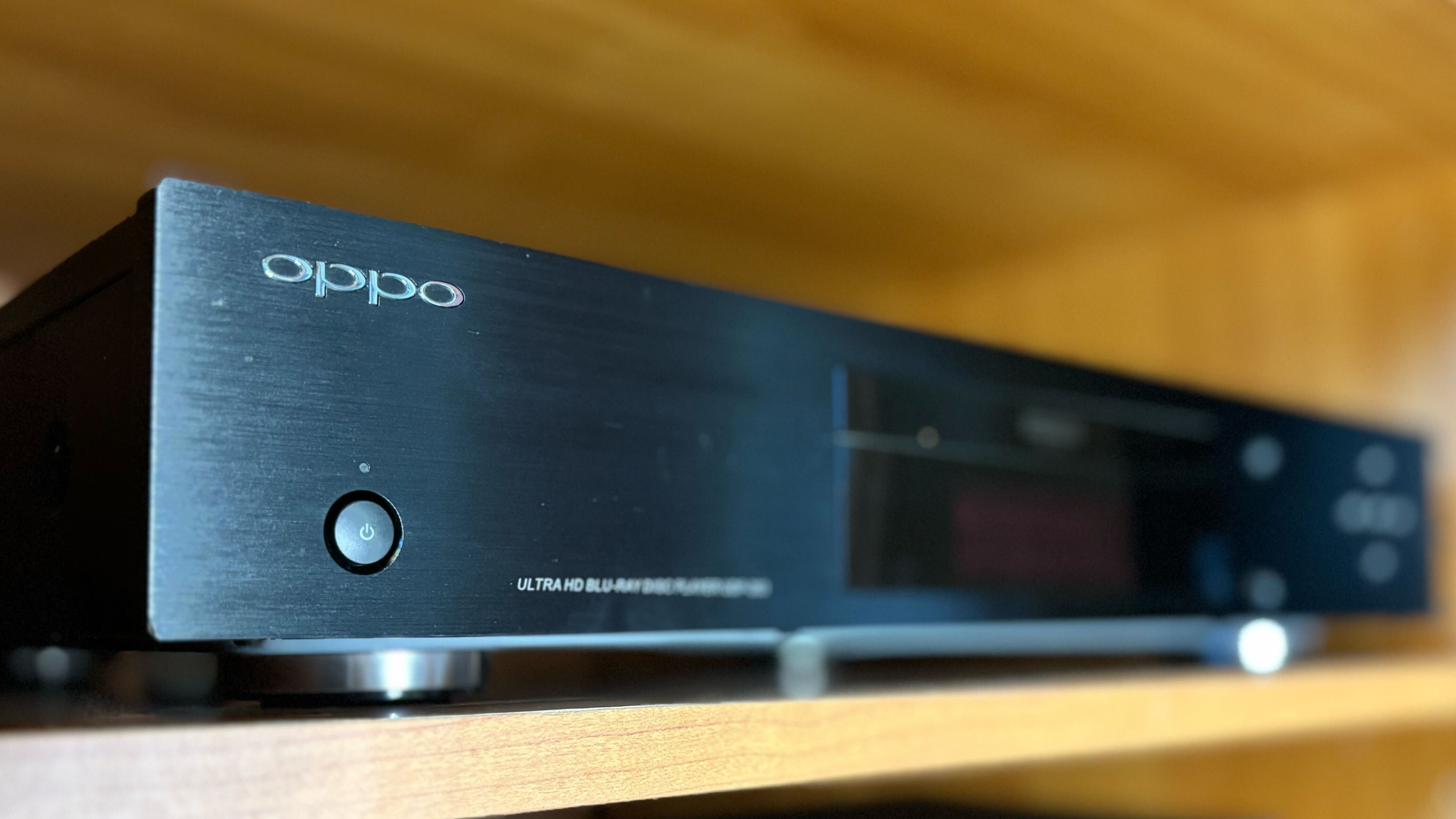
To take advantage of this exciting HDR format, you need three things: a TV that supports Dolby Vision, a 4K Blu-ray player that supports Dolby Vision, and of course, a Dolby Vision-mastered Blu-ray.
Let's start with the player. Most 4K Blu-ray players are relatively affordable, but Dolby Vision support typically raises the cost. You might be inclined to just use the 4K Blu-ray player embedded within your Xbox Series X or PS5, but a word of caution: PS5 doesn't currently support Dolby Vision, and Xbox Series X only supports Dolby Vision on discs. (If you're interested, I recently did a deep dive into using Xbox or PS5 as a primary Blu-ray player.)
To make the most out of Dolby Vision Blu-rays, I recommend the Panasonic DP-UB820-K. It's one of the more affordable Dolby Vision players on the market and it frequently goes on sale.
As far as Dolby Vision TVs are concerned, I won't lie to you: The Dolby Vision format (and all HDR formats) stand to look much better on TVs with ample brightness and color volume. You don't necessarily have to spend $1,000 on a better-than-average TV, or even splash out on one of the best TVs available, but it'll certainly help these movies look better.
HDR is primarily a tool to showcase high dynamic range, or the range between the darkest and brightest elements. Your TV might be Dolby Vision-capable, but if it doesn't get very bright, you won't be getting much of the primary benefit of the format. Yes, your TV will still know what to do with all of that metadata, but "Deadpool & Wolverine" won't pop quite as much.
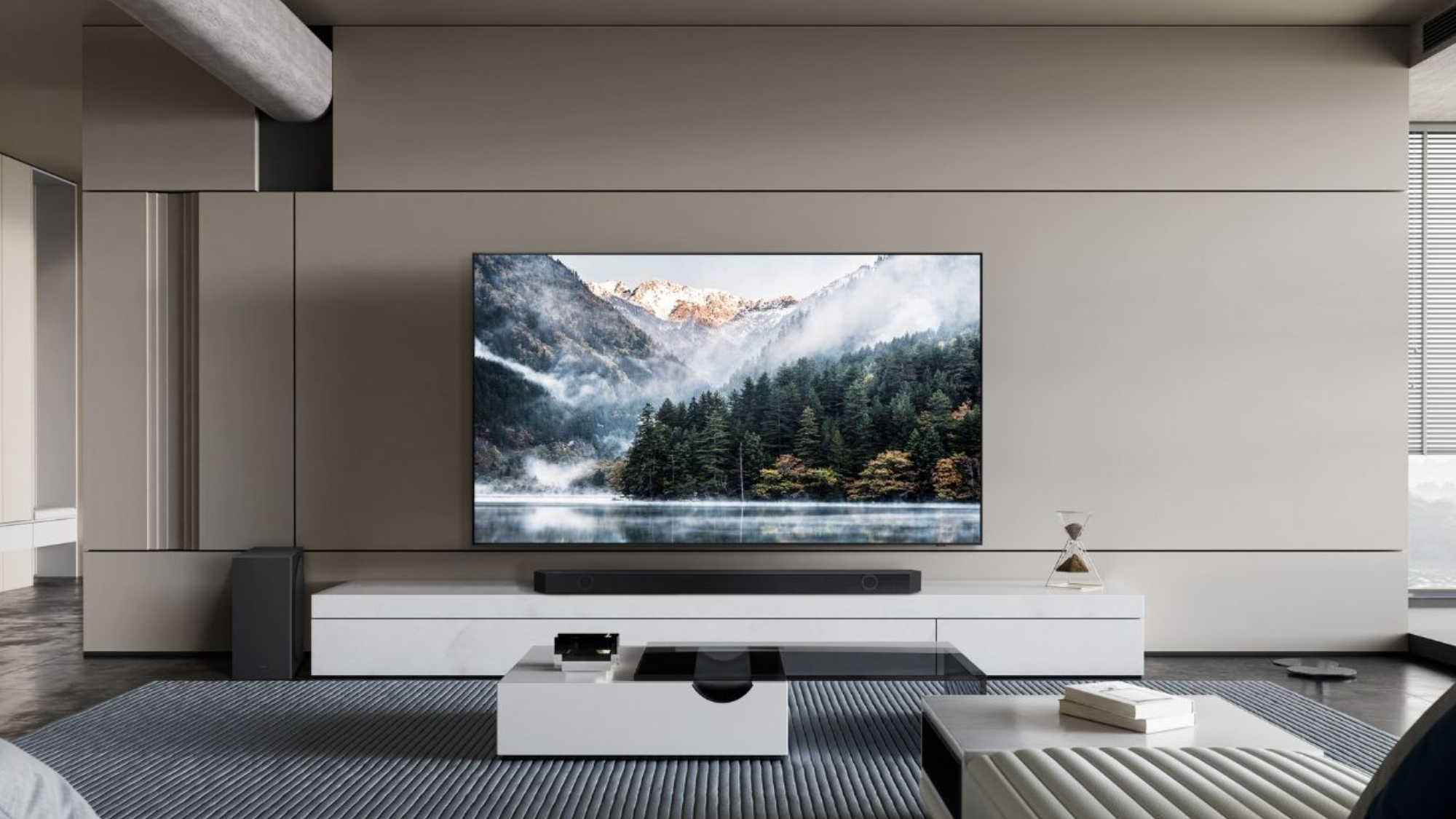
Samsung TVs, even the brand's top-of-the-line models like the S95D, do not support Dolby Vision. Until something dramatic happens, the company won't release a TV that supports this format. Instead, they support HDR10+, a royalty-free HDR format that works in largely the same manner (by leveraging metadata).
If you watch a Dolby Vision-mastered version of "Deadpool & Wolverine" on an HDR-capable Samsung TV, it will still probably look great, but you won't be taking full advantage of the Dolby Vision format.
Not sure whether or not Dolby Vision is worth the price of admission? Check out my guide on whether or not Dolby Vision is worth it for your living room.
